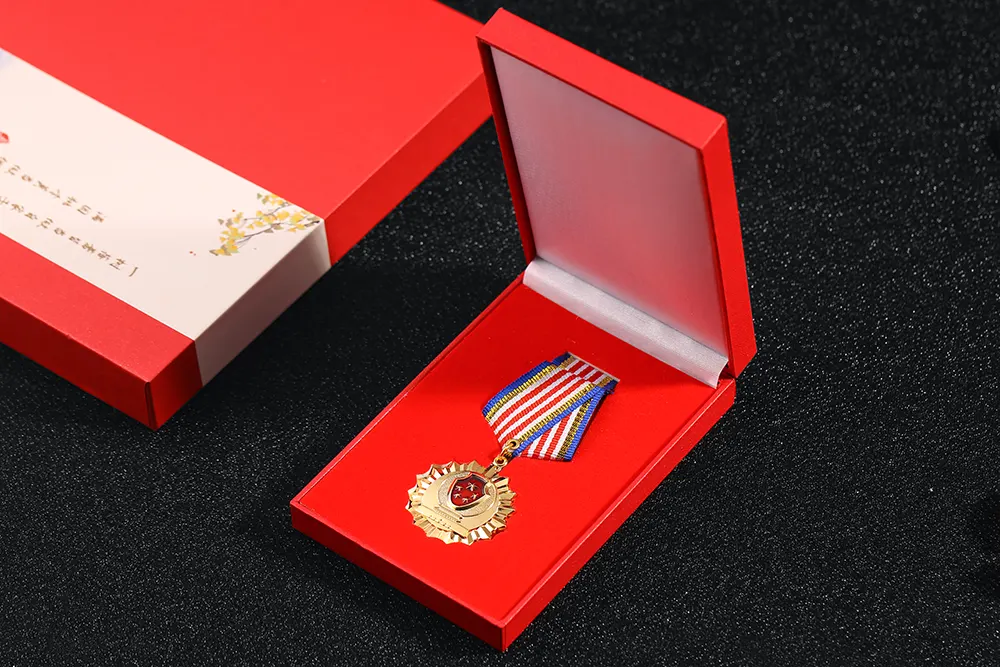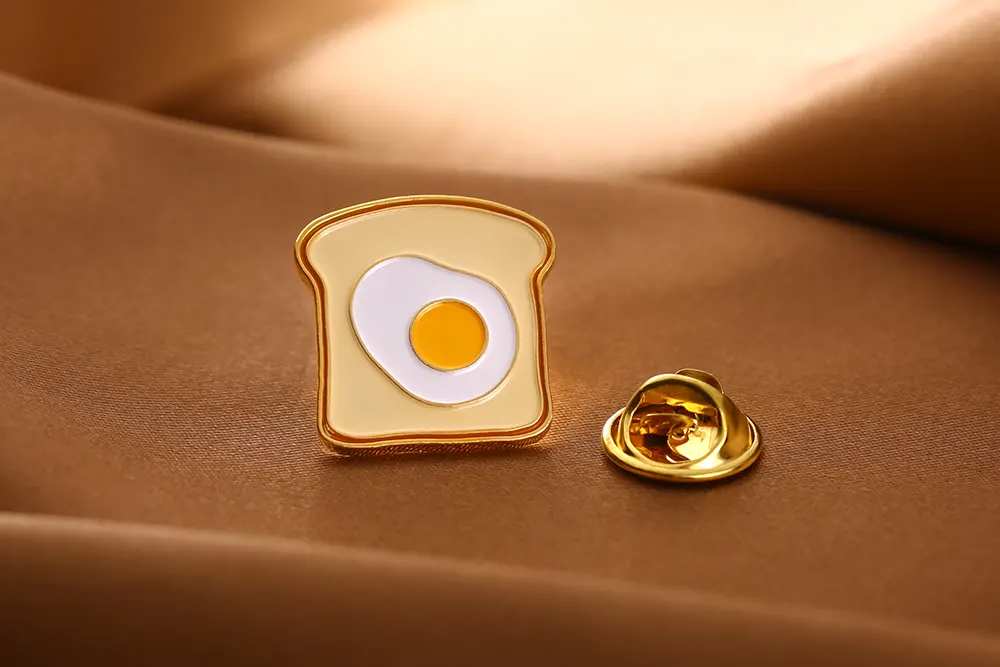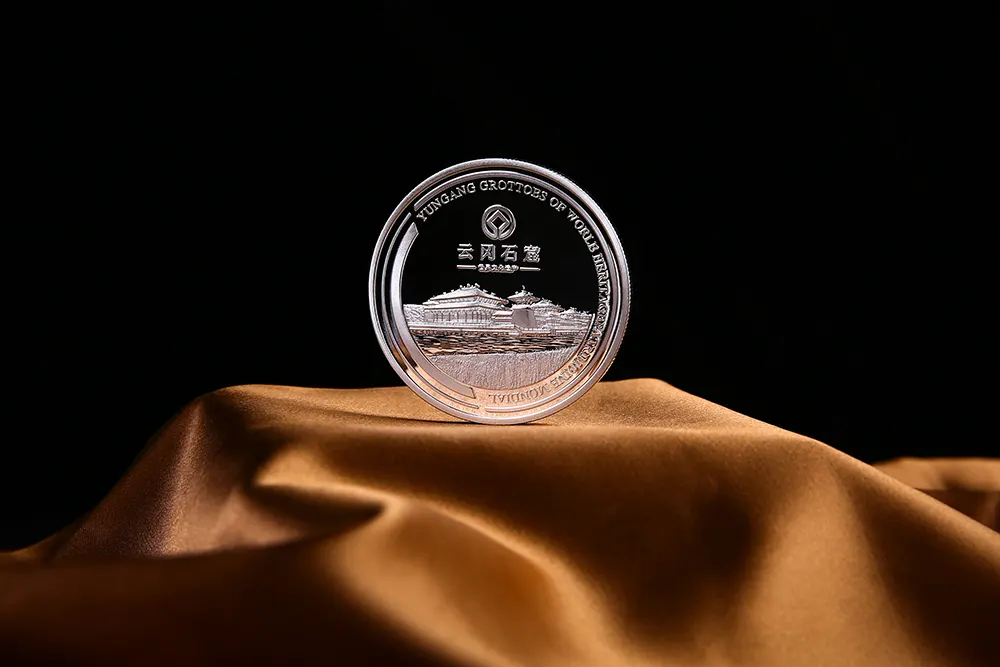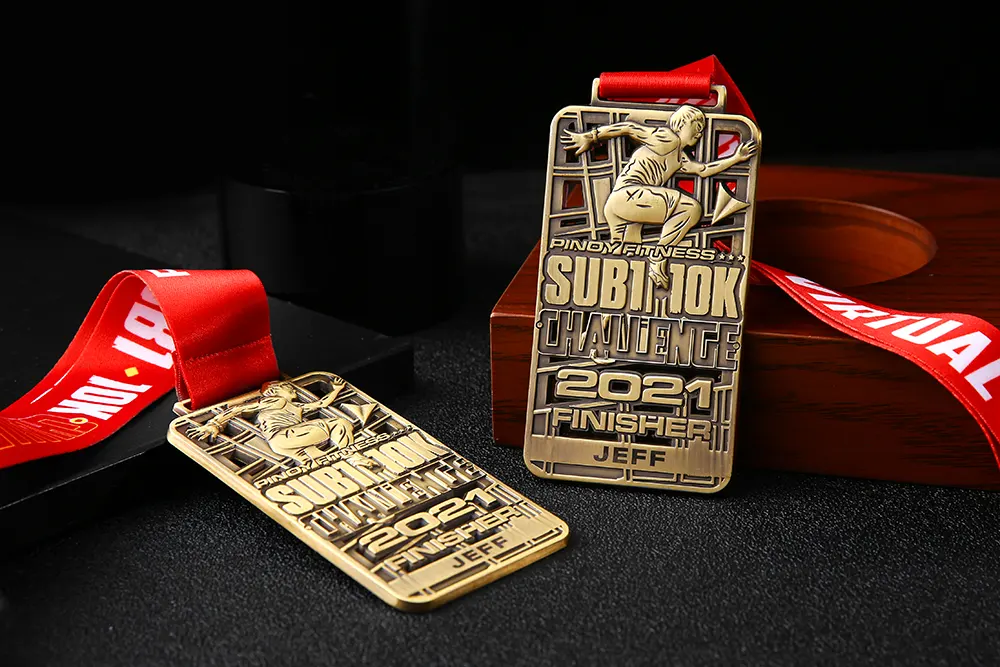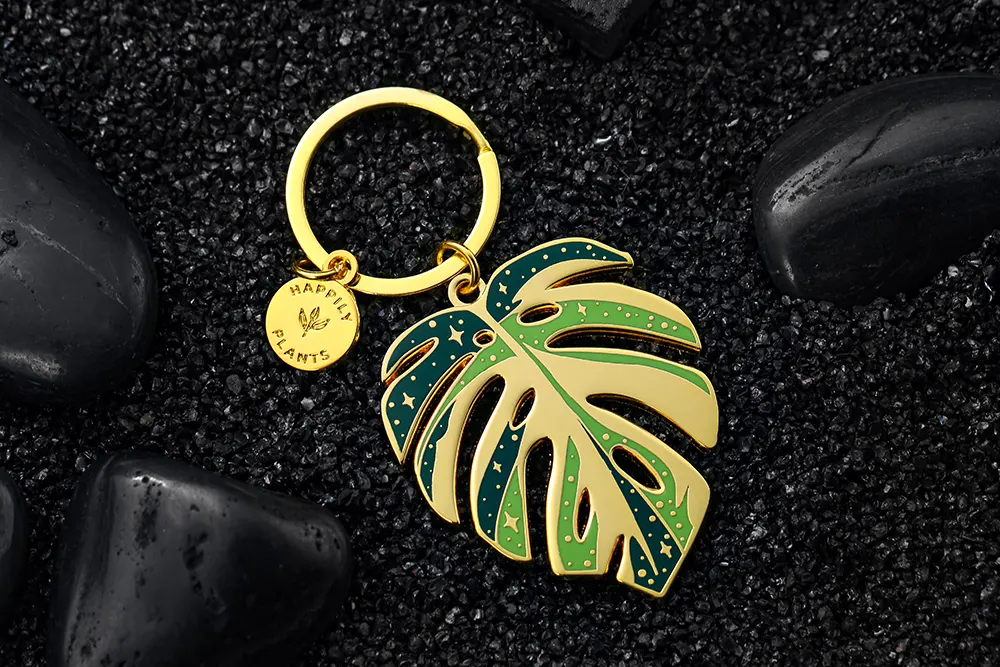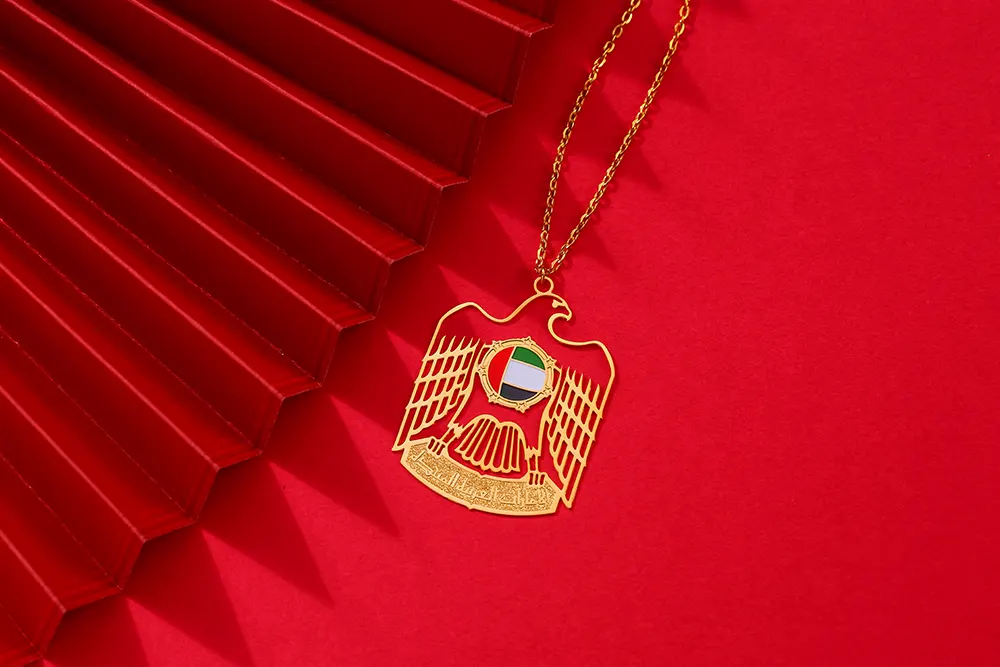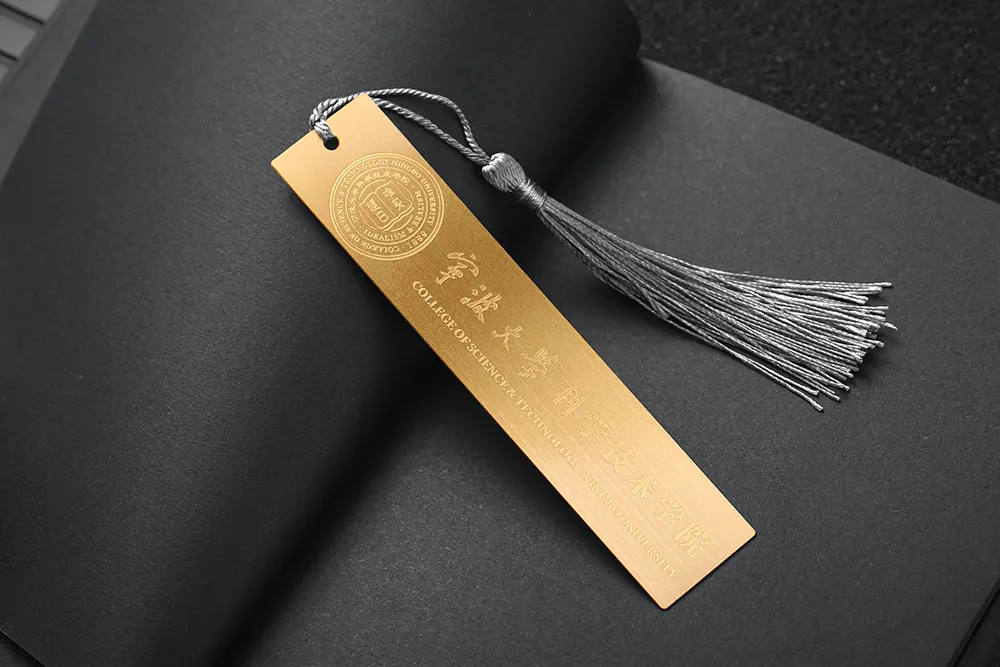Hard enamel lapel pins represent the pinnacle of pin craftsmanship, offering unmatched durability and professional appearance. These meticulously crafted accessories have become the preferred choice for businesses, organizations, and collectors who demand both quality and aesthetic appeal.
Understanding Hard Enamel Pin Construction
A hard enamel lapel pin undergoes a specialized manufacturing process that sets it apart from other pin types. The process begins with die-struck metal, typically brass or iron, which forms the base structure. Enamel paint is then applied to recessed areas and fired at high temperatures, reaching up to 900 degrees Celsius. This intense heat creates a glass-like finish that becomes incredibly durable.
After the initial firing, the pin surface is polished flat, creating a smooth, level finish where the metal lines and enamel areas align perfectly. This polishing process is what gives hard enamel pins their distinctive flat, professional appearance that soft enamel pins cannot achieve.
Why Choose Custom Hard Enamel Pins
Custom hard enamel pin options provide businesses and organizations with powerful branding tools. The manufacturing process allows for precise color matching, ensuring your brand colors are accurately represented. The durability of hard enamel means these pins maintain their appearance even with daily wear, making them ideal for employee recognition, promotional campaigns, and customer loyalty programs.
The customization possibilities are extensive. Designers can incorporate intricate details, multiple colors, and various metal finishes including gold, silver, copper, and black nickel. The smooth surface also accepts additional processes like epoxy coating for extra protection or special effects like glitter inclusions.
Design Considerations for Custom Hard Enamel Lapel Pins
When creating custom hard enamel lapel pins, several design factors influence the final product quality. Line thickness plays a crucial role – metal lines should be at least 0.8mm thick to maintain structural integrity during manufacturing. Colors should be solid rather than gradients, as the enamel process works best with distinct color areas.
Size limitations typically range from 0.75 inches to 2 inches, though larger pins are possible with adjusted thickness. The design should account for the raised metal lines that separate color areas, as these become permanent features of the finished pin.
Color and Finish Options
Hard enamel pins support virtually any color through Pantone matching systems. Popular finish combinations include gold metal with bright enamel colors for premium appearance, or silver metal with darker tones for professional settings. Special finishes like antique treatments can add character to historical or vintage-themed designs.
Manufacturing Timeline and Process
The production of custom hard enamel pins typically requires 2-3 weeks from design approval. The process involves multiple steps: mold creation, die striking, enamel application, firing, polishing, plating, and quality inspection. Each step requires precision timing and temperature control to achieve consistent results.
Quality manufacturers provide detailed proofs and samples before full production begins. This preview stage allows for adjustments to colors, sizes, or design elements before committing to the complete order.
Personal Experience with Hard Enamel Pin Projects
During a recent corporate rebranding project, I worked with a manufacturing team to create employee recognition pins featuring our new logo. The initial design included fine text that proved too small for the hard enamel process. Working closely with the manufacturer, we adjusted the typography to meet minimum line width requirements while maintaining brand consistency.
The final pins exceeded expectations in both appearance and durability. After six months of daily wear by recipients, the pins showed no signs of color fading or surface wear. This experience reinforced the importance of understanding manufacturing limitations during the design phase and highlighted why hard enamel pins command premium pricing in the promotional products market.
Cost Factors and Ordering Considerations
Hard enamel lapel pin pricing reflects the complex manufacturing process and premium materials involved. Factors affecting cost include pin size, number of colors, metal type, special finishes, and order quantity. Minimum orders typically start at 100 pieces, with significant per-unit savings at higher quantities.
Additional costs may include setup fees for mold creation, packaging options, and shipping. However, the long-term value of hard enamel pins often justifies the initial investment, particularly for applications requiring professional appearance and longevity.
Quality Standards and Specifications
Professional hard enamel pin manufacturers adhere to strict quality standards. Pins should have smooth, level surfaces with no visible pinholes or color bleeding between sections. Metal plating should be even and durable, resistant to tarnishing and wear.
Standard backing options include rubber clutches for everyday wear or deluxe clutches for premium presentations. Some applications may require specialized backings like magnetic attachments or safety pins for specific use cases.
Applications and Use Cases
Custom hard enamel lapel pins serve diverse purposes across various industries. Corporate applications include employee awards, service recognition, and brand promotion. Educational institutions use them for academic achievements, club memberships, and alumni relations. Non-profit organizations leverage their professional appearance for fundraising and awareness campaigns.
Collectors particularly value hard enamel pins for their durability and visual appeal. The manufacturing process creates pieces that maintain their appearance over decades, making them suitable for commemorative purposes and limited edition releases.
Maintenance and Care
Hard enamel pins require minimal maintenance due to their durable construction. Regular cleaning with a soft cloth removes surface dirt and maintains the glossy finish. The glass-like enamel surface resists scratching and chemical damage, though extreme impact can cause chipping.
Proper storage in individual pouches or display cases prevents pin-to-pin contact that might cause minor surface scratches on metal areas. With appropriate care, hard enamel pins can maintain their original appearance for many years of use.
Conclusion
Hard enamel lapel pins represent a premium choice for organizations seeking durable, professional-quality accessories. The manufacturing process, while complex and time-consuming, produces results that justify the investment through superior appearance and longevity. Whether for corporate branding, recognition programs, or collectible purposes, custom hard enamel pins deliver lasting value that reflects positively on the organizations that choose them.
Understanding the design requirements, manufacturing process, and quality standards enables informed decisions when commissioning custom hard enamel lapel pins. The combination of craftsmanship, durability, and visual impact makes these pins an excellent choice for applications where quality and professional appearance are paramount.
















